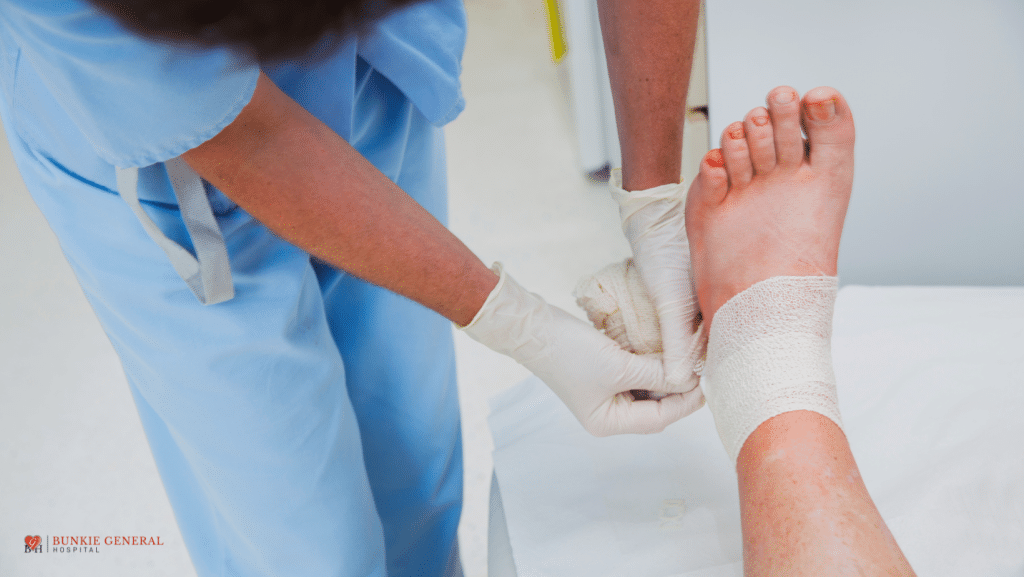Heart disease is a broad term that encompasses many conditions affecting the heart, including diseases of the heart muscle, blood vessel diseases, heart rhythm defects, and infections of the heart. One of the complications of heart disease is poor blood flow throughout the body, which can result in non-healing wounds. Two of the most common non-healing wounds that occur as a result of heart disease are arterial ulcers and venous ulcers, which commonly form on the legs and feet.
Venous Ulcers: Causes, Symptoms, and Treatment
Venous ulcers, the most common type of leg ulcers, occur when swelling due to damaged valves in the lower leg veins is uncontrolled. This condition causes blood to pool in the ankles and fluid to leak into the surrounding tissue. Over time, this fluid breaks down the tissues, leading to ulcer formation.
Venous ulcers are typically found along the inside of the lower leg, below the knee. Symptoms include:
Leg swelling
Pain
Tingling sensations
Discoloration
These symptoms are signs of increased blood pressure in the lower extremities. To treat venous ulcers, it’s essential to decrease the blood pressure in the affected leg. This can be achieved through:
Elevating the limb
Compression therapy
Specialized wound care therapies
Arterial Ulcers: Understanding the Risk and Treatment Options
An arterial ulcer is commonly caused by clogged arteries. When an artery is clogged, blood flow decreases, which can damage tissues and lead to ulcer formation. Arterial ulcers are typically found on the lower leg or foot, often over the top of the toes or ankle.
Unlike venous ulcers, arterial ulcers may not heal with standard wound care alone. Treatment often involves:
Specialized wound care to improve blood flow
Surgical procedures to clear artery blockages or bypass the blockage
These steps support the healing process by restoring proper blood flow to the affected area.
The Importance of Wound Care for Chronic Ulcers
For patients with arterial and venous ulcers, proper wound care is essential. Infection is a major concern for non-healing chronic ulcers and may be treated with antibiotics. The appropriate wound dressings and treatments are critical to the healing process for both types of chronic, non-healing wounds.
Need Help? Contact Us Today
This article is for informational purposes only and is not a substitute for professional medical advice, diagnosis, or treatment. Always consult your healthcare provider with any questions or concerns about your health.

